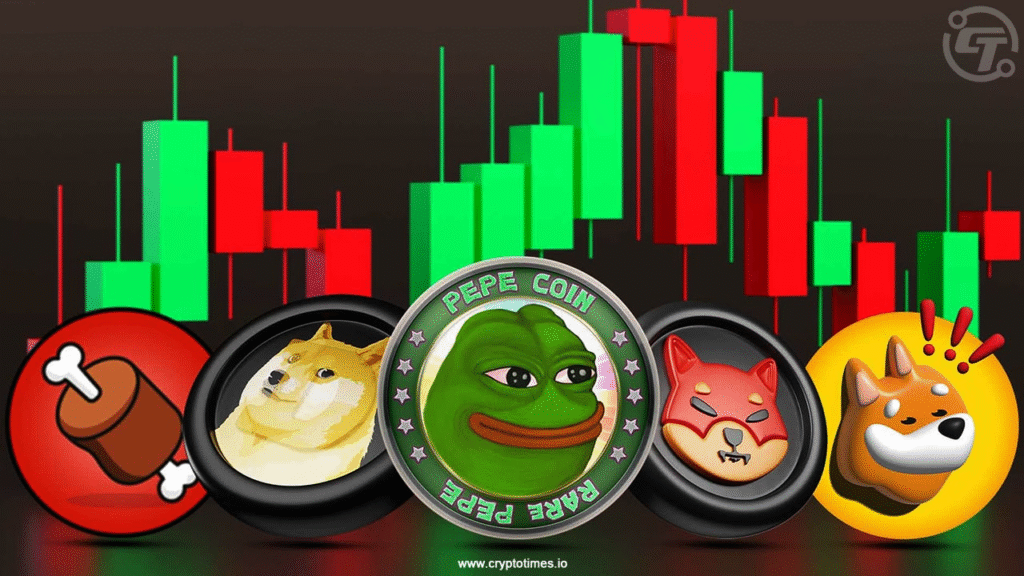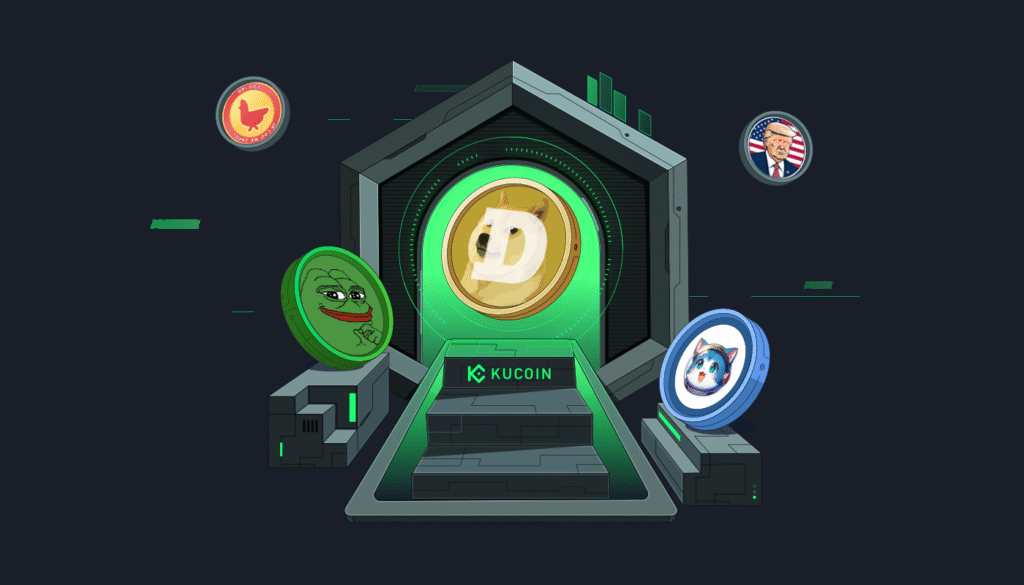From dog-themed tokens to cartoon frogs, the crypto market is once again awash with the chaotic, high-octane energy of memecoins. Tokens like Pepe (PEPE), dogwifhat (WIF), and Bonk (BONK) have delivered astronomical, life-changing gains for a lucky few, generating headlines that have pulled mainstream attention back into the digital asset space. This resurgence forces every investor, from seasoned crypto natives to curious newcomers, to confront a critical question: Are memecoins a legitimate, albeit high-risk, investment opportunity, or are we simply witnessing the inflation of yet another spectacular, and ultimately destructive, bubble?

The truth is, they are both. Memecoins operate in a realm where traditional financial analysis breaks down, replaced by the logic of internet culture, social dynamics, and pure speculation. Understanding them requires dissecting both the compelling case for their potential and the overwhelming evidence of their inherent danger.
The Bull Case: The Investment Opportunity
To argue that memecoins are an “opportunity,” one must first abandon the metrics of traditional investing. Their value is not derived from cash flow, utility, or technological breakthroughs. Instead, the bull case rests on a different set of principles.
1. Memecoins as Cultural Assets:
At their core, the most successful memecoins are not technologies; they are brands. They are decentralized, community-owned intellectual property. Their value is a function of their cultural relevance, or “memetic power.” In an attention economy, a symbol that can capture the collective imagination of millions online has tangible value. Dogecoin’s enduring appeal and Shiba Inu’s ecosystem-building efforts show that a meme can evolve into a cultural institution with a multi-billion dollar market capitalization. Investing in a memecoin is a bet on the staying power of a specific cultural moment.
2. The Ultimate Retail On-Ramp:
For many new users, the complexities of DeFi, Layer 2s, and smart contracts are intimidating. A coin with a funny dog picture is not. Memecoins serve as a powerful, low-friction on-ramp into the crypto ecosystem. Solana’s recent resurgence was significantly fueled by the BONK airdrop, which brought a wave of new users and liquidity to its network. In this sense, memecoins are a user acquisition tool for their underlying blockchains, and their success can have a positive spillover effect on the entire ecosystem.
3. High-Risk, Asymmetric Bets:
No one should build their retirement portfolio on memecoins. However, as a small, speculative slice of a diversified portfolio, they offer unparalleled asymmetry. The potential downside is always 100%, but the potential upside can be 10,000% or more. A small, calculated bet—money one is fully prepared to lose—can yield returns that are impossible in traditional markets. For many, this lottery-ticket-like potential is the entire appeal.
The Bear Case: The Inevitable Bubble
While the allure is powerful, the case against memecoins is overwhelming and grounded in financial first principles. For every success story, there are thousands of failures, scams, and catastrophic losses.
1. A Foundation of Zero Fundamental Value:
This is the most critical point. The vast majority of memecoins have no utility, no product, no revenue stream, and no purpose beyond being traded. Their price is determined not by value creation but by the “Greater Fool Theory”—the belief that you can always sell it to someone else (a “greater fool”) at a higher price. This is the classic definition of a speculative bubble. When attention shifts and new buyers dry up, the price collapses, as there is no underlying value to provide a floor.
2. Extreme Volatility and Malicious Actors:
The memecoin space is a minefield of scams. “Rug pulls,” where developers abandon a project and run off with investors’ funds, are rampant. Liquidity is often thin and controlled by a few anonymous wallets, allowing for massive price manipulation. A token’s value can plummet 99% in a matter of minutes due to a single seller or a shift in social media sentiment. This is not just risk; it is a market structure designed for predation.
3. Casino-Like Dynamics:
Memecoin trading often has more in common with gambling than investing. It is driven by raw emotion—FOMO (Fear Of Missing Out) when prices are rising and panic when they fall. Decisions are made based on hype cycles on platforms like X (formerly Twitter) and Telegram, not on careful analysis. This environment encourages reckless behavior and almost guarantees that the majority of participants will lose money to earlier, more sophisticated, or simply luckier players.

An Investor’s Guide to Navigating the Mania
So, how should a rational investor approach this phenomenon? Dismissing it entirely means ignoring a powerful force in modern markets. Diving in recklessly is financial suicide. A balanced approach is required.
- Acknowledge the Game: Understand that you are not investing; you are speculating on attention. The goal is to anticipate where collective belief will flow next and to get out before it dissipates.
- Allocate Accordingly: If you choose to participate, use only a tiny fraction of your portfolio—an amount you would be comfortable losing at a casino. This cannot be overstated.
- Do Your “Meme” Diligence: Traditional research is useless here. Instead, assess the community’s strength, the meme’s novelty and reach, and check for basic safety measures like locked liquidity pools and a fair token distribution. Is the narrative compelling enough to go viral?
- Have a Clear Exit Strategy: This is the most crucial rule. Unlike a long-term hold like Bitcoin, memecoins are not meant to be held forever. Set clear profit targets and stick to them. Taking profits along the way is the only way to realize gains in such a volatile market.
Conclusion:
Memecoins are back, and they are likely a permanent, if chaotic, feature of the crypto landscape. They are a pure reflection of the internet’s culture—fast, irreverent, and powered by collective belief. While they represent a potential opportunity for staggering returns, they are simultaneously the most perfect example of a speculative bubble. For investors, the challenge is not to legitimize them as a traditional asset class, but to understand the game being played, respect the immense risk involved, and participate—if at all—with discipline, caution, and eyes wide open.